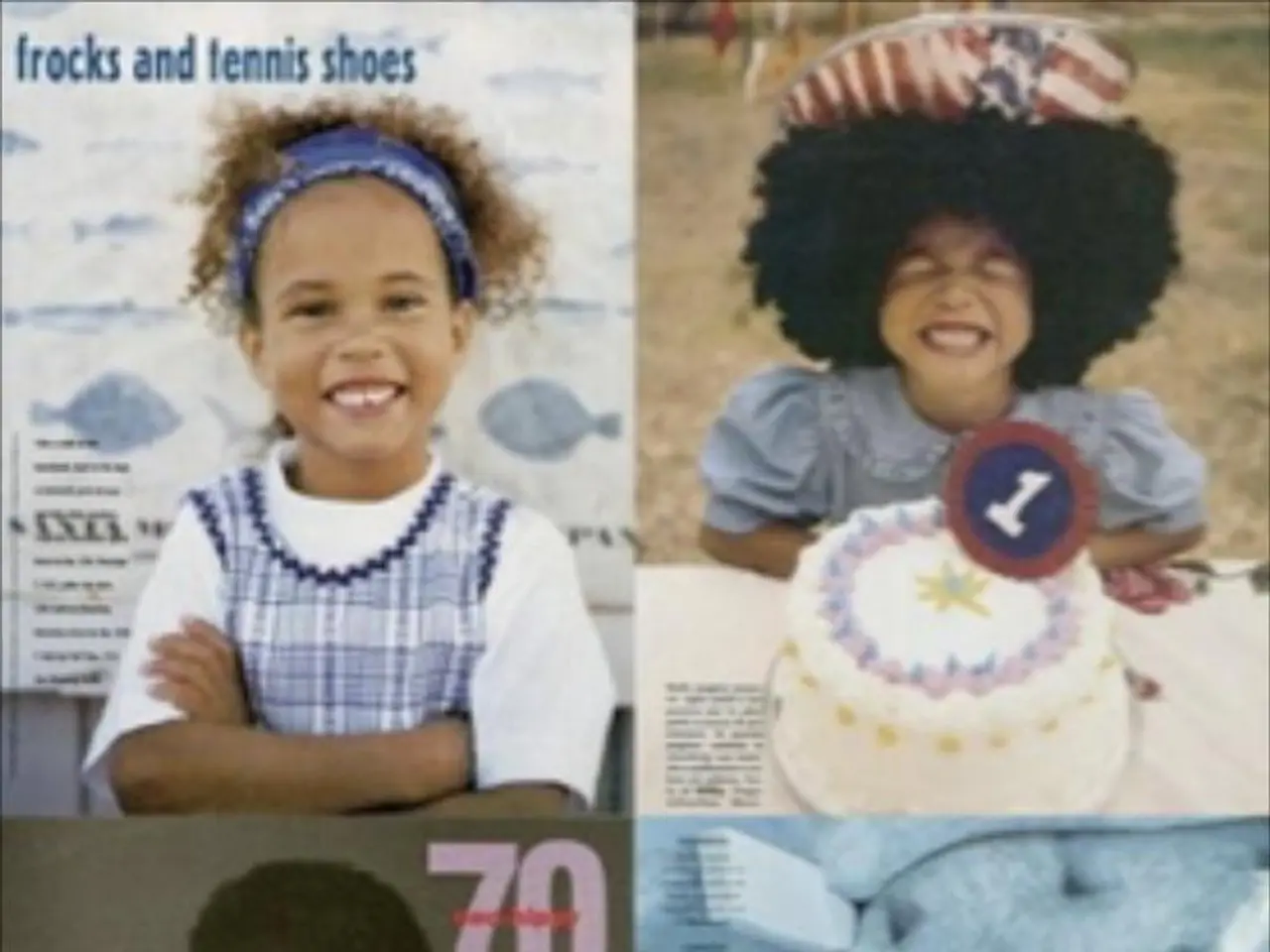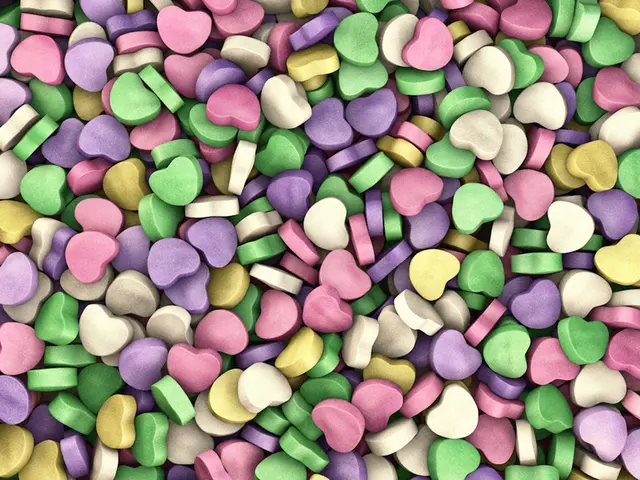Improved Recovery Prospects for Young Cancer Patients
In the heart of Vienna, cutting-edge AI technology is being utilised to support a research group in identifying dangerous cells, a development that is now being adopted in other countries. This technological advancement is proving instrumental in the fight against cancer, particularly in the diagnosis and treatment of childhood cancers.
Approximately 200 children and 120 adolescents are diagnosed with cancer in Austria each year. Among these cases, one of the rarest and most challenging is Langerhans Cell Histiocytosis (LCH), which affects approximately 3 to 5 children in a million. A team led by Caroline Hutter and Raphaela Schwentner has made a significant breakthrough in LCH research, recreating the disease in a lab and demonstrating how mutated cells attack healthy nerve cells. This lab-created model of LCH offers scientists new opportunities to find a desperately needed therapy that eliminates all mutated cells and spares affected children and adolescents from Alzheimer-like consequences.
The AI system, developed by Simon Gutwein from Sabine Taschner-Mandl's research group, is not intended to replace humans but to shorten and improve diagnostic processes for the benefit of little patients. Gutwein's AI can support the lengthy and important task of estimating a patient's risk level by making a preliminary selection of suspicious cells in just a few seconds, which are then further analysed by doctors.
The AI system is also being applied in the detection of leukemia cells in blood or bone marrow, and in the refinement of the detection of these cells in large samples. Using algorithms and a software prototype, the team can now detect even one cell in 100,000 or one million samples.
The work on neuroblastomas, the most common solid tumors in childhood outside the brain, is being done in the 2009-opened institute building of the St. Anna Children's Cancer Research Institute in Vienna. Simon Gutwein is working on improving diagnostics and treatment planning for neuroblastomas, and Eleni Tomazou, interim scientific co-director of the St. Anna Children's Cancer Research Institute in Vienna, is researching the improvement of Ewing sarcoma treatment with a Consolidator Grant from the European Research Council.
Partnerships with companies are becoming increasingly important for the institute. Competitive funds account for around 40 percent of the institute's annual budget, with the remaining 60 percent coming from donations or legacies. The institute relies on public support as there is no basic funding from the public sector.
The chances of recovery for young cancer patients have increased significantly since the 1950s, and now stand at around 80 percent. This progress is a testament to the tireless efforts of researchers like those at the St. Anna Children's Cancer Research Institute in Vienna, who are working to further improve these odds through the use of AI technology.
The APA - Austria Press Agency eG, based in Vienna and owned by Austrian daily newspapers and the ORF, is the largest national news and press agency in Austria. This agency, along with other media outlets, plays a crucial role in spreading awareness about the institute's work and the importance of continued support for cancer research.
In conclusion, the use of AI technology in cancer research is proving to be a valuable tool in the fight against childhood cancers. The collaborative efforts of researchers, institutes, and the public are essential in driving this progress forward and improving the chances of recovery for young patients.
Read also:
- Inadequate supply of accessible housing overlooks London's disabled community
- Strange discovery in EU: Rabbits found with unusual appendages resembling tentacles on their heads
- Duration of a Travelling Blood Clot: Time Scale Explained
- Fainting versus Seizures: Overlaps, Distinctions, and Proper Responses






